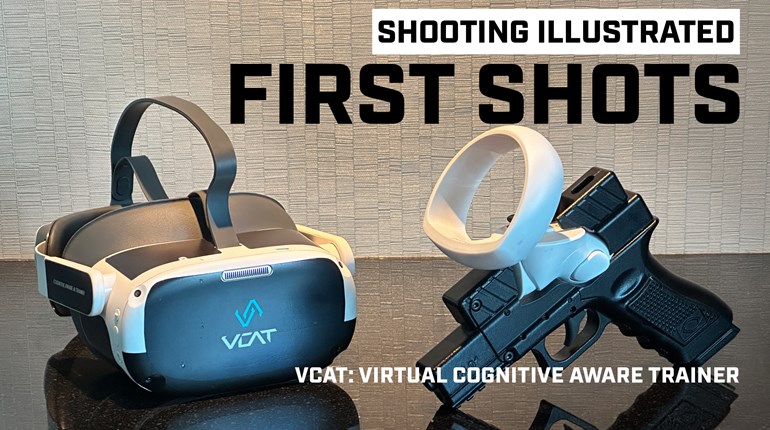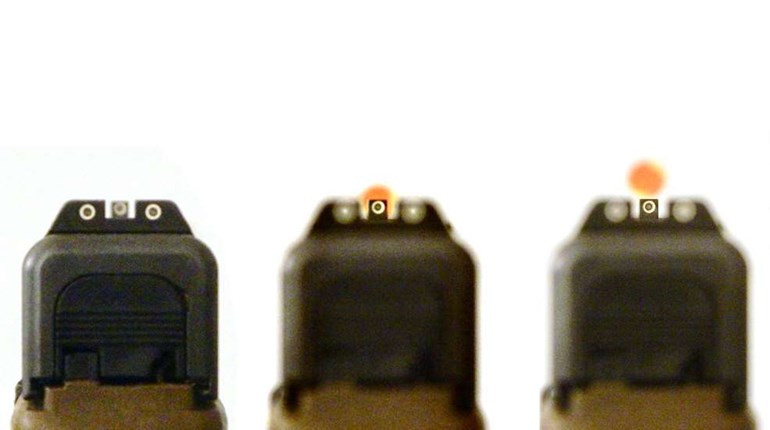
The origins of pistol fast draw trace back to the Old West frontier when gunslingers' speed and dexterity with their revolvers could mean the difference between life and death. Legends like Wild Bill Hickok and Doc Holliday became famous not just for marksmanship, but for their ability to rapidly draw, aim and fire with deadly speed and accuracy. This tactical edge built the mystique surrounding the gunfighter's cat-like reflexes and combat prowess with a six-shooter.
While based in martial necessity, tales of lightning-fast draws also created a sense of theatricality that romanticized the showdown shootouts of the old West. As frontier lawlessness faded, this flair found new life on the big screen through iconic film cowboy stars practicing the lost arts of the quick draw. Actors spent long hours drilling their rapid pistol techniques, scintillating audiences as their characters outdrew opponents in dramatic style. This cinematic flourishing helped spur renewed interest in mastering the fast draw as a physical and competitive endeavor separate from its lethal origins. Starting in the 1940s and 50s, a competitive subculture emerged around demonstrating ever-faster draws as an exhilarating test of reflexes and skills. The evolution from life-or-death necessity to sport marked a turning point for romanticizing the pistol draw itself as an art form. Organizations like the Fast Draw Association formed to standardize rules and categories for competitions. Contests focused on various feats such as fastest timed draws, shooting sequences from holsters, elaborate trick shots and non-shooting forms merging ballet-like grace with cat-like quickness. Champions combined classic gunslinger flair with modern precision timing, cementing the fast draw's shift to sporting spectacle.
As the "classical gunslinger" aspect faded over time, competitive fast draw's entertainment value persisted by emphasizing technical mastery. Advanced timers and electronic sensors now detect pre-draw motion and "cheating", ensuring fairness. While rooted in a quintessentially American West pastime, pistol fast draw continues evolving as an engaging test of skill for a more diverse modern audience. Its focus remains on celebrating an intricate technique once at the heart of gunfighter lore and legend.
As competitive fast draw grew in popularity, specialized equipment evolved to maximize speed, consistency and safety. The standard Bianchi hip holster became the fast draw holster of choice, allowing a smooth straight draw. Low friction rigs reduced resistance and customized grips improved retention. Cartridge loads were modified to lower recoil and prevent malfunctions during rapid fire. Shooting categories emerged for rapid sequences and point shooting without using sights. Shot timers provided objective scoring down to millisecond precision. Safety innovations like wax bullet cartridges and specialized backstops prevented injury, allowing competitors to focus fully on split-second speed.
While popular through the 1960s, pistol fast draw's appeal lessened in later decades. However, its influence continued through related practices like Cowboy Mounted Shooting from the 1990s onward. Here, mounted riders navigate obstacle courses and target sequences combining equestrianism with Old West flair. The single action revolver remains central, but with an added test of horsemanship and movement. Today, fast draw exists as its own niche sport pursued by dedicated enthusiasts. Modern champions incorporate sophisticated strength and visualization training. New technologies from high-speed photography to electronic sensors analyze the finest biomechanical details and allow tweaking for the ultimate edge.
Though no longer in the popular zeitgeist, pistol fast draw still honors a unique tradition melding showmanship, precision timing, and technique. For top competitors, mastering the draw represents a lifelong journey. Each generation approaches fast draw’s challenge through evolving methods while respecting its enduring history and spirit. This balance of progress and tradition is central to the longevity of pistol fast draw as a demanding sport. While competitive fast draw became an organized sport, its tradition also flowed into modern defensive-firearm training. Police officers and armed forces integrating pistolcraft into their curriculums recognize the speed of an effective draw as critical, especially in close quarters. Yet modern defensive training balances speed with precision, stressing threat assessment and judgment rather than reflexive quickness alone. Drawing techniques focus on rapid accessibility from concealed or open carry positions relevant to real-world contexts. Pragmatic defensive skills diverged from the stylized speed of competitive fast draw.
However, competitive fast draw still provides a benchmarks for peak handgun speed and competency. Champions represent the upper limits of draw speed unattainable through defensive drills alone. Elements like drawing from unconventional positions or while moving build relevant dexterity. Many top tactical trainers integrate selective competitive fast draw components to sharpen combat skills. The evolution of fast draw reflects broader connections between martial practices and sports. Fencing, archery, wrestling and other arts once honed for warfare are now pursued for development of body and mind. While fast draw originated from a similar need for deadly speed, its sporting form celebrates the pinnacle of technique itself. Fast draw's legacy remains one of both romanticized legend and modern technical mastery. It resonates as a uniquely American tradition combining old west drama with the endless refinement of an intricate skill. Though a niche sport, its dynamism and showmanship keep the quick draw's magic alive for newer generations to appreciate.





































